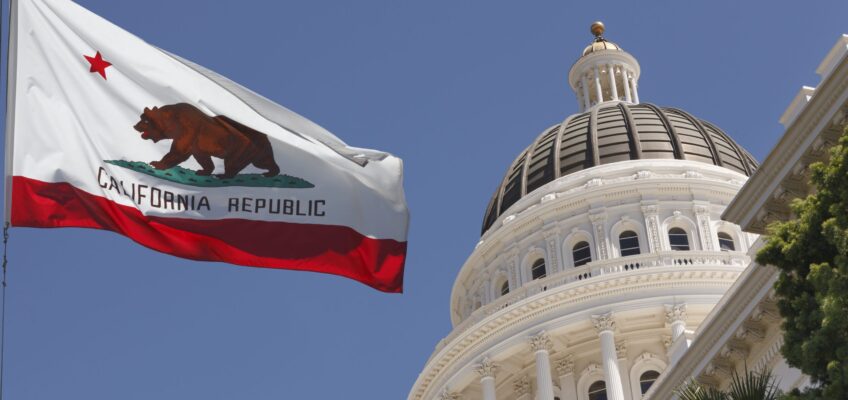The “California Plastic Waste Reduction Regulations Initiative” has qualified for the California November 2022 Ballot. It has the potential to send ripples through the world’s fifth largest economy, as the state aims to lead on waste reduction while leading solutions to the world’s plastic pollution crisis. A novel tax would be implemented on single-use plastic foodware and packaging items, with subsequent annual state revenues in the estimated range of several billion dollars. The maximum fee amount of one cent per foodware or packaging item, determined by CalRecycle, would then be adjusted in 2030 based on the state’s Consumer Price Index. CalRecycle would be further required to adopt regulations to reduce the original use of single-use plastic packaging materials.
The ballot initiative would compel producers to guarantee that single-use plastic foodware and packaging was compostable, refillable, reusable, or recyclable by 2030. Producers would also be required to reduce or eliminate unnecessary single-use plastic or foodware packaging used for product delivery — ultimately aiming to reduce the sale of such materials in California by at least 25 percent by 2030. Labeling standards would also be established and enforced under the measure to help plastic sorting efforts, understanding residential access to recycling through consumer take back and deposit programs would be better established and expanded. Producers would also follow new mandates to use renewable and recycled supplies in the manufacturing of single-use foodware packaging, while the use of expanded polystyrene food service containers would also be banned under the initiative.
Half of the revenues generated from the fees would be sent to CalRecycle for implementation and enforcement of the new measure while further establishing funds for recycling, composting, and reduction efforts across the state. The remaining revenue would be split between the California Natural Resources Agency, which would receive 30 percent for statewide grants targeting environmental impacts of plastic pollution, and local governments, which would receive the remaining 20 percent to implement plastic pollution mitigation efforts in addition to recycling and composting programming. Taxpayers across the state, already spend $420 million per year to both clean up and attempt to prevent litter and plastic products from entering streams or rivers while further polluting oceans and beaches.
Clean Coasts, Clean Water, Clean Streets, also known as Plastics Free California, is leading the campaign in support of the ballot initiative, as Recology and other assorted environmental groups further back the new measure.





